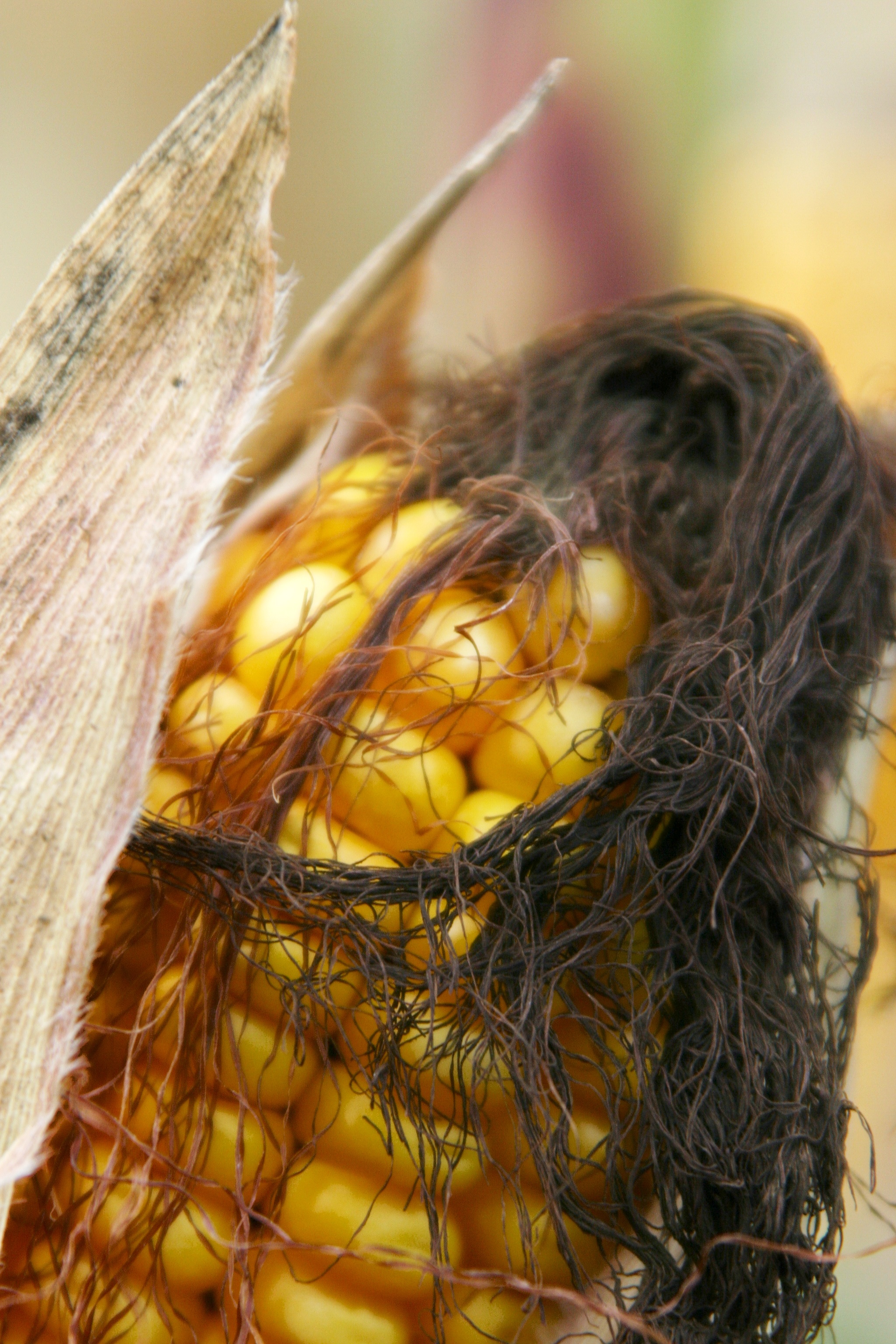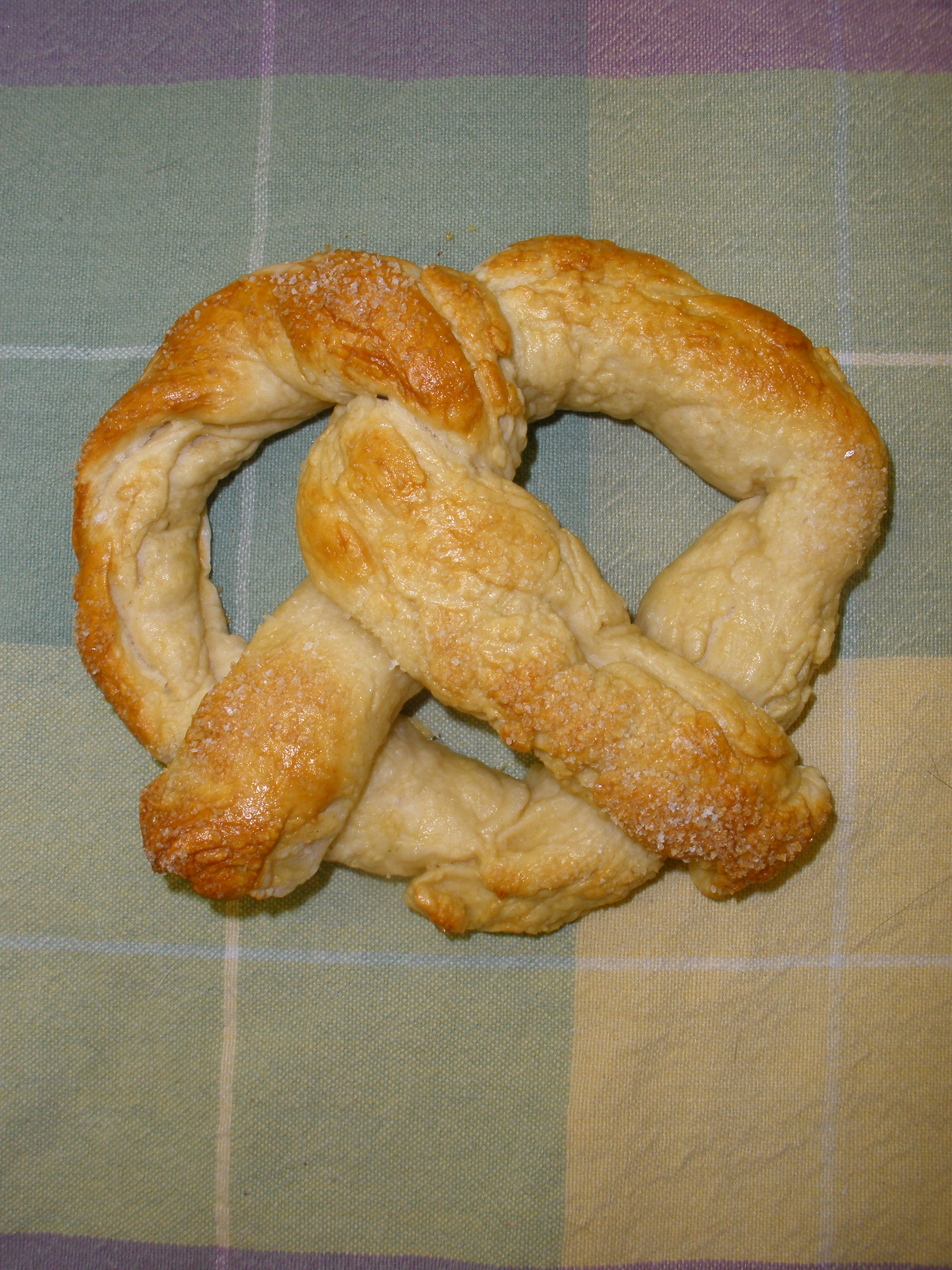At night, the window stars are rather dull looking since there's no light to reveal the pattern. That is until I saw a pin that led to River Blissed that showed an alternative way of displaying window stars.
Basically, I made a very small window star out of German kite paper. I chose red, orange, gold, and yellow paper to tie in with the fall nature table we have.
The window star lantern that I made is on the right.
Two lanterns in the back that Sophia and Olivia made
years ago that use tissue paper and Mod Podge.
I chose a canning jar from the empty jars I have on hand. Any jar would be fine to use - even ones that once held food (e.g., peanut butter, jam, olives). Then, I found a piece of very thin translucent paper to cover the entire jar. I used Mod Podge to affix it to the jar.
The lantern with the translucent paper covering the jar,
and the window star Mod Podged on top of the paper.
Then, I attached the window star, also using Mod Podge. One thing I noticed that is different from hanging the stars on the windows is that the star with Mod Podge on it has wrinkles in it. It's not a huge deal when looking at the lantern from afar. However, from a crisp/precise standpoint, it no longer looks like the window stars that I make.
After letting the Mod Podge dry, I put a candle inside the jar. This is the result:
Lantern on the nature table.
Historically, it has been a time for feasting celebrations because it was when autumn wheat seeding was completed, and the annual slaughter of fattened cattle produced "Martinmas beef." In addition, hiring fairs were held where farm laborers would seek new posts.
November 11 is the feast day of St. Martin of Tours, who originally was a Roman soldier, and then was baptized as an adult and became a monk. He was a kind man who led a simple and quiet life.
The most famous legend of his life is that he once cut his cloak in half to share with a beggar during a snowstorm, to save the beggar from dying of the cold. That night he dreamed that Jesus was wearing the half-cloak Martin had given away. Martin heard Jesus say to the angels: "Here is Martin, the Roman soldier who is not baptized; he has clothed me." St. Martin became known as friend of the children and patron of the poor.
The holiday of St. Martin's Day originated in France, and then spread to Germany, Scandinavia, and Eastern Europe. It celebrates the end of the agrarian year and the beginning of the harvesting.
Field corn in a neighbor's field that is
ready to be harvested.
Although the holiday is celebrated in many countries, I am particularly interested in German customs since that is where the majority of my ancestors are from. A widespread custom in Germany is bonfires on St. Martin's eve, called "Martinsfeuer." At one time, the Rhine River valley, would be lined with fires on the eve of Martinmas.
In the Rhineland region, Martin's day is celebrated traditionally with a get-together during which a roasted suckling pig is shared with the neighbors.
The nights before and on the night of November 11, children walk in processions carrying lanterns, which they made in school, and sing Martin songs.
Sophia and Olivia with their cousin, Ashley, in December 2007
with balloon lanterns that they made.
Usually, the children begin their walk at a church and then go to a public square. A man on horseback dressed like St. Martin accompanies the children. When they reach the square, Martin’s bonfire is lit and Martin’s pretzels are distributed.
Homemade pretzel that the girls made in 2009.
The origin of the procession of lanterns is unclear. To some, it is a substitute for the St. Martin bonfire, which is still lit in a few cities and villages throughout Europe. It formerly symbolized the light that holiness brings to the darkness, just as St. Martin brought a hope to the poor through his good deeds.
Even though the tradition of the large, crackling fire is gradually being lost, the procession of lanterns is still practiced.







5 comments:
love the stars! but even more love the history lesson. Fascinating! And thanks for stopping by over at my place - appreciated!
Your stars look beautiful with the light shining through them! I think I'd like to try that! Thanks for the inspiration!
Thanks for visiting. Had you not, I might not have found you and your fascinating blog.
That star is gorgeous and I like how you found a way to use it in more than window dressing.
I was quite impressed with St. Martin's Day and the history behind it. I learn something new each day, and this was no exception. Thank you for the inspiration and lesson learned.
Beautiful soft-glowing light from that lantern ... Looks wonderful! Thanks for sharing the story about St. Martin's Day, I'd never heard about it. In Belgium the 11th of November is also a public holiday, but we celebrate the end of World War 1....
The candles are beautiful! And I learned about St. Martin. :)
Post a Comment